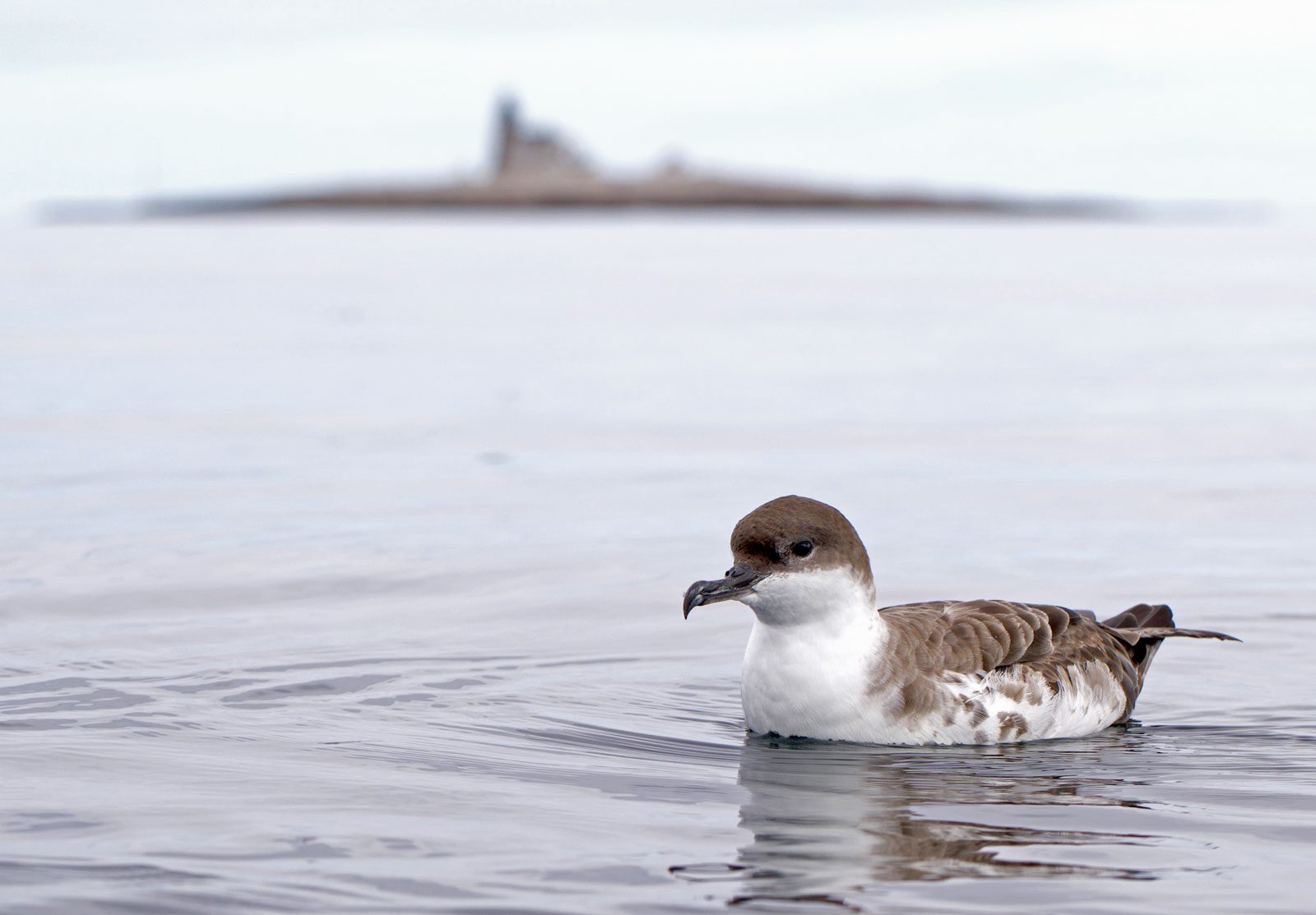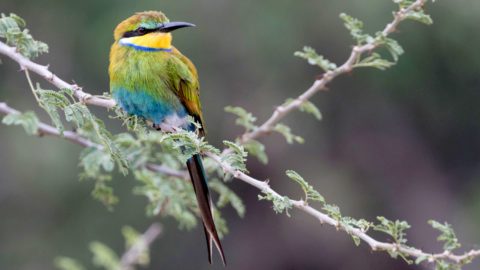Cornell Lab to Advise Federal Government on Safest Places to Develop Offshore Wind Power
By Gustave Axelson
December 21, 2021
From the Winter 2022 issue of Living Bird magazine. Subscribe now.
On October 13, the federal government announced an expansive plan to develop offshore wind farms along U.S. coastlines as part of a pledge to build 30,000 megawatts of offshore wind power by 2030.
Two days later, the U.S. Departments of Energy and Interior announced that Duke University, the Cornell Lab of Ornithology, and 13 other research institutions will receive a $7.5-million grant to study the risks to birds and mammals from offshore wind energy development.
“Harnessing the incredible potential that exists within offshore wind energy is an essential piece of reaching a net-zero carbon future,” said U.S. Secretary of Energy Jennifer Granholm. “We must ensure that it’s done with care for the surrounding ecosystems by coexisting with fisheries and marine life—and that’s exactly what this investment will do.”
As part of the research initiative, the Cornell Lab of Ornithology’s K. Lisa Yang Center for Conservation Bioacoustics will deploy autonomous acoustic recording units in coastal waters from Massachusetts to New York to assess the distributions and migratory movements of whales, fish, and other marine life in proposed offshore wind energy areas.
The Cornell Lab’s “acoustic recording efforts will be an important part of this scientific strategy,” said Aaron Rice, principal ecologist for the Center for Conservation Bioacoustics. “We hope that good science can help make offshore wind energy production successful and sustainable.”
In November, the BirdCast project—a research partnership by the Cornell Lab, Colorado State University, and the University of Massachusetts Amherst that uses weather radar to monitor bird migration—received a separate $200,000 grant from the U.S. Bureau of Ocean Energy Management to assess offshore migration all along the Atlantic Coast and Gulf of Mexico.
“The bureau wants us to provide information about where birds are leaving the mainland and flying over offshore waters—how many birds, where, when, and at what altitude and in what direction,” said Andrew Farnsworth, a senior research associate at the Cornell Lab.
“Information about bird migration over coastal waters is essential for understanding impacts of offshore wind farm development,” said Farnsworth, who added that BirdCast models can identify where and under what conditions large numbers of migrating birds may overlap with wind energy development.
The proposed expansion of offshore wind power is projected to reduce energy-sector carbon dioxide emissions by 78 million metric tons annually.

All About Birds
is a free resource
Available for everyone,
funded by donors like you
American Kestrel by Blair Dudeck / Macaulay Library



